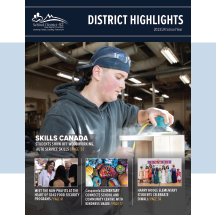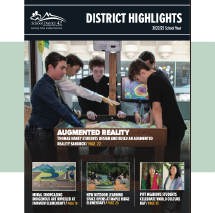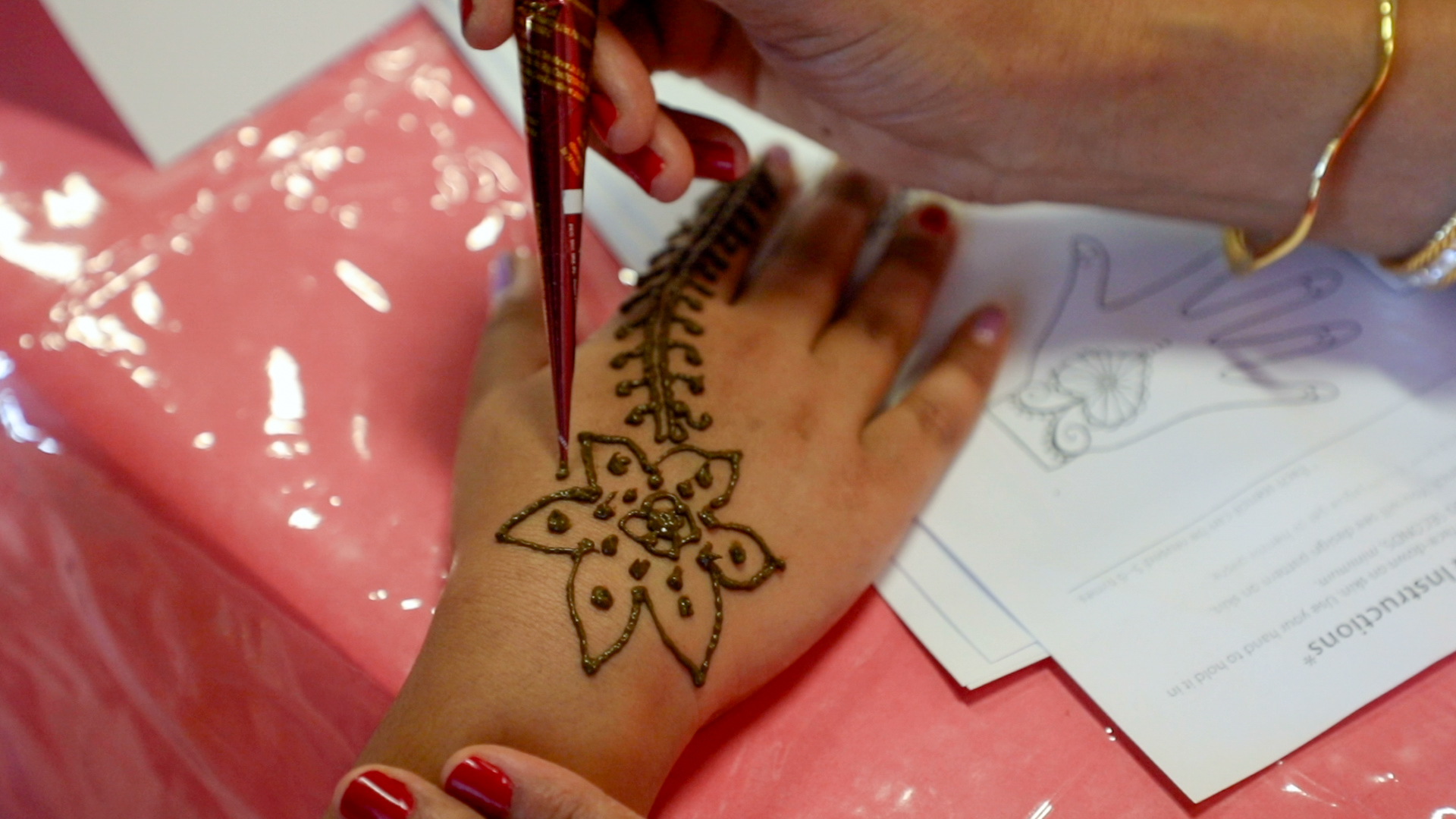Students at Harry Hooge Elementary danced, put on mehndi, and painted diyas to celebrate Diwali last month.
“Diwali is the festival of lights. It’s celebrated by Jains, Hindus, Sikhs and Buddhists around the world,” explained Kawaldeep Ghuman, an English Language Learners (ELL) teacher at the school.
Ghuman and her colleague, Grade 4/5 teacher Vibha Budshah, worked together to put on an assembly to mark the occasion.
The reason they celebrate, she added, is because it represents the students and gives them the opportunity to share their culture.
“They [see] themselves in the school, they feel acknowledged, they feel welcomed,” Ghuman said.
The assembly included a presentation explaining what Diwali is and why it’s celebrated, a read aloud of Thrity Umrigar’s book, Binny’s Diwali, and a cultural dance performance by a group of students.
The students practiced the dance for a month with Budshah before the big performance day.
“We just did a little bit at a time,” explained Grade 5 student Sophia. “The first time, we did four moves and we had to practice. We practiced every lunch time, basically.”
When it finally came time to perform, it was a little scary, according to Grade 5 student Maisha.
“Freaking out. Stress. But at the end, we were confident,” she said.
Myla, who is in Grade 4, agreed.
“The song is all hyper and it was a good feeling. It didn’t matter if you got messed up, it just mattered if you had fun,” she explained.
Grade 4 student Urwah really connected with the dance moves.
“I felt like I was moving emotionally, mentally and physically,” she recalled.
All the student performers especially enjoyed the audience’s reaction to their performance.
“People were cheering and we didn’t expect that to happen,” said Agrima, who is in Grade 6. “They were clapping in between the dance and we didn’t expect it.”
Every student in the school was able to participate in the festivities, one way or another.
After the assembly, the school set up mehndi tables in the foyer with help from teacher and parent volunteers. Students were able to each get one hand adorned with different patterns and designs using henna.
Classrooms were also given their own set of diyas for students to paint with different colours.



